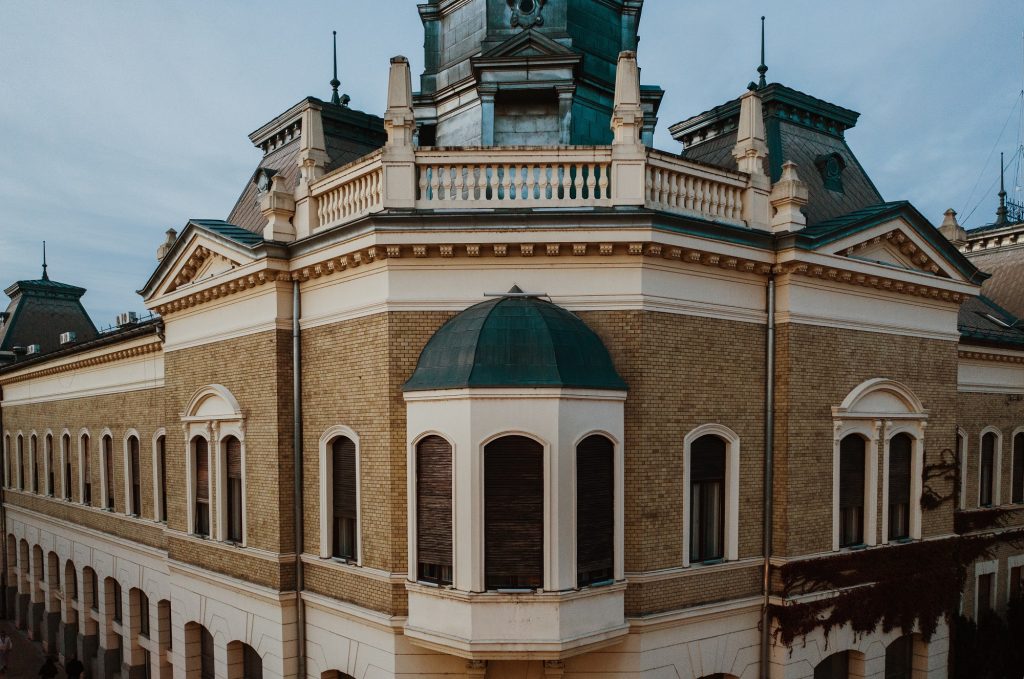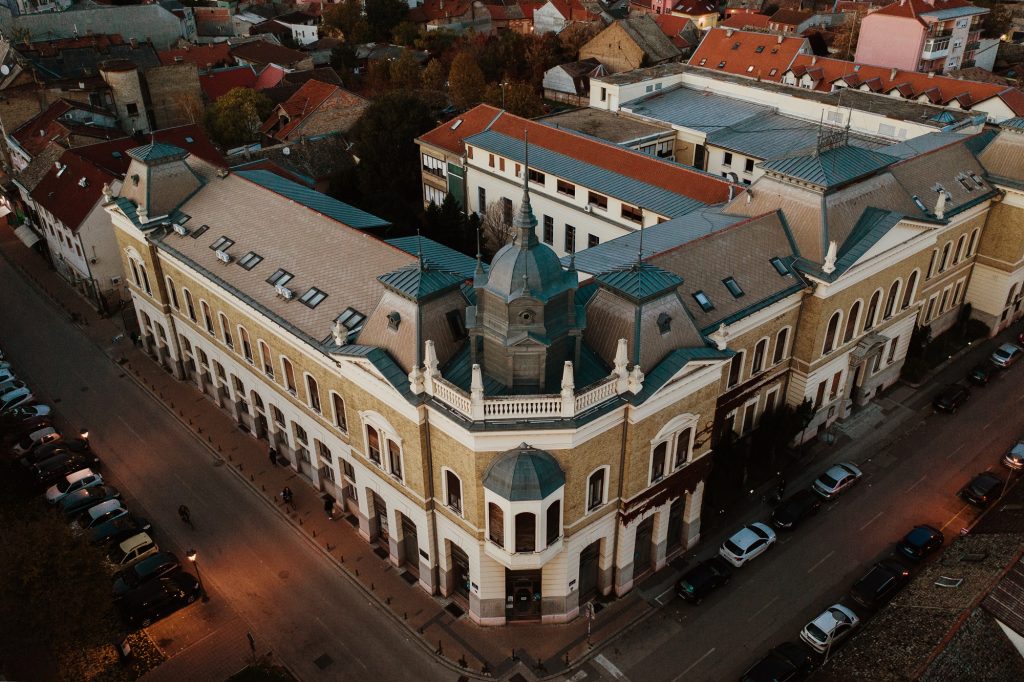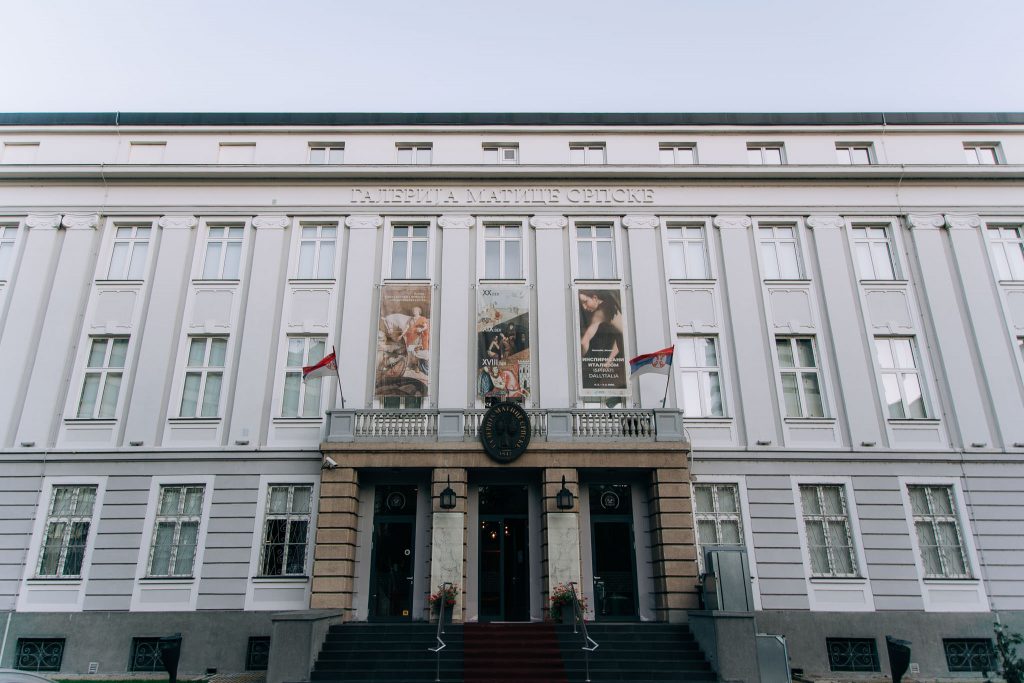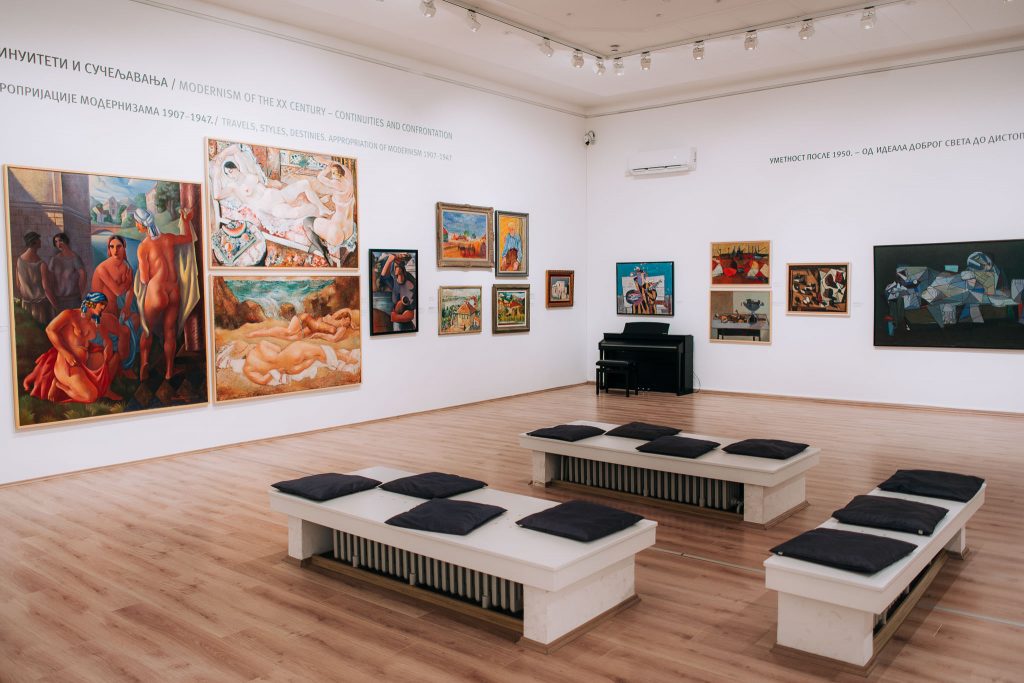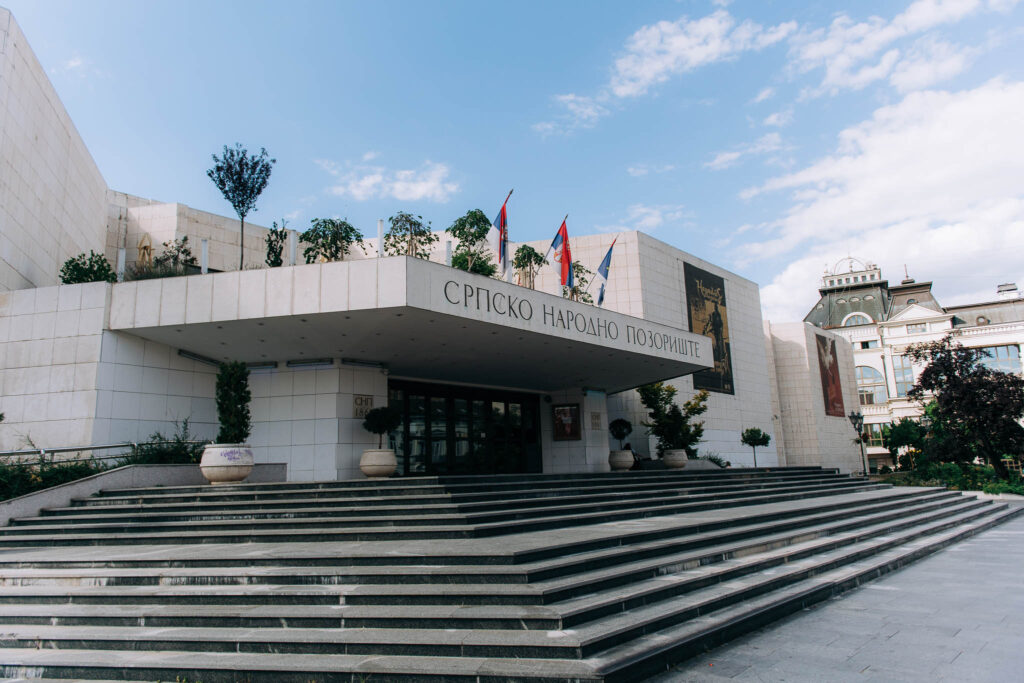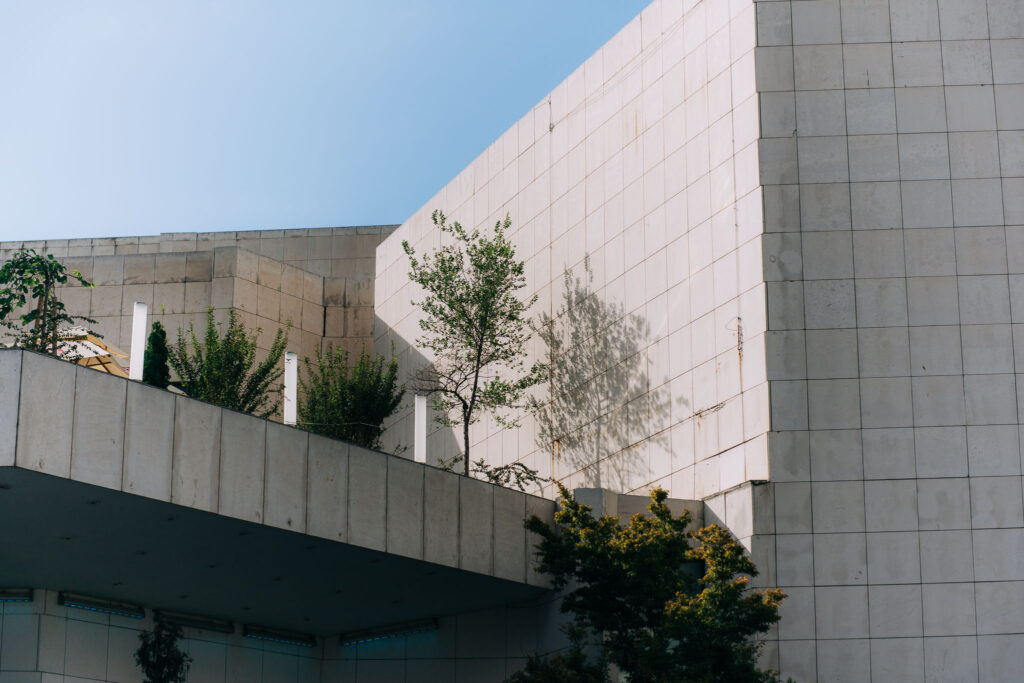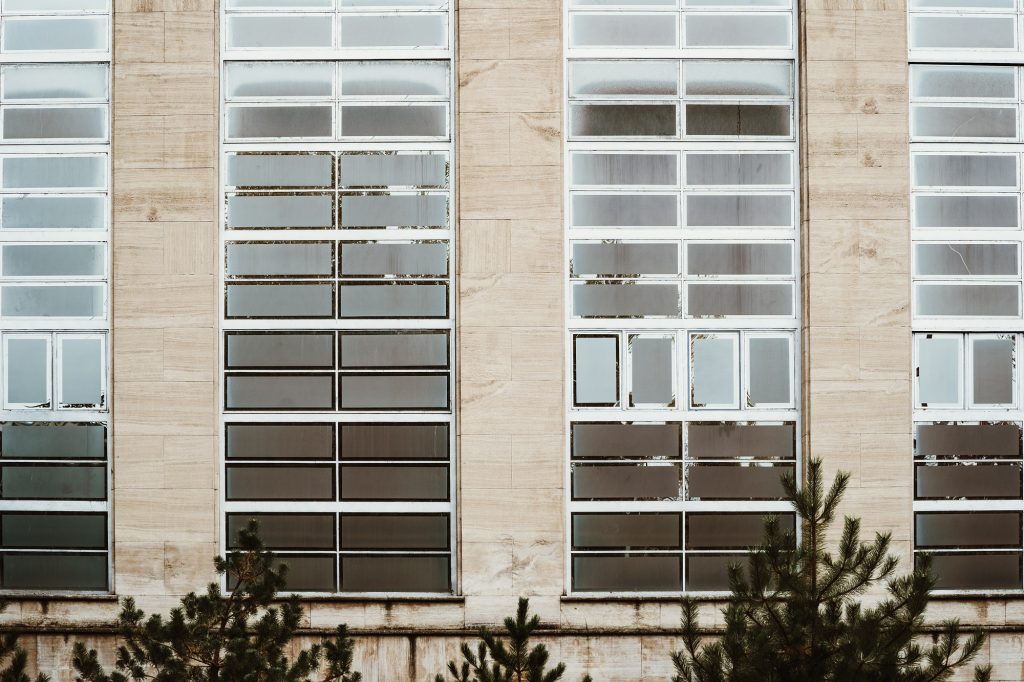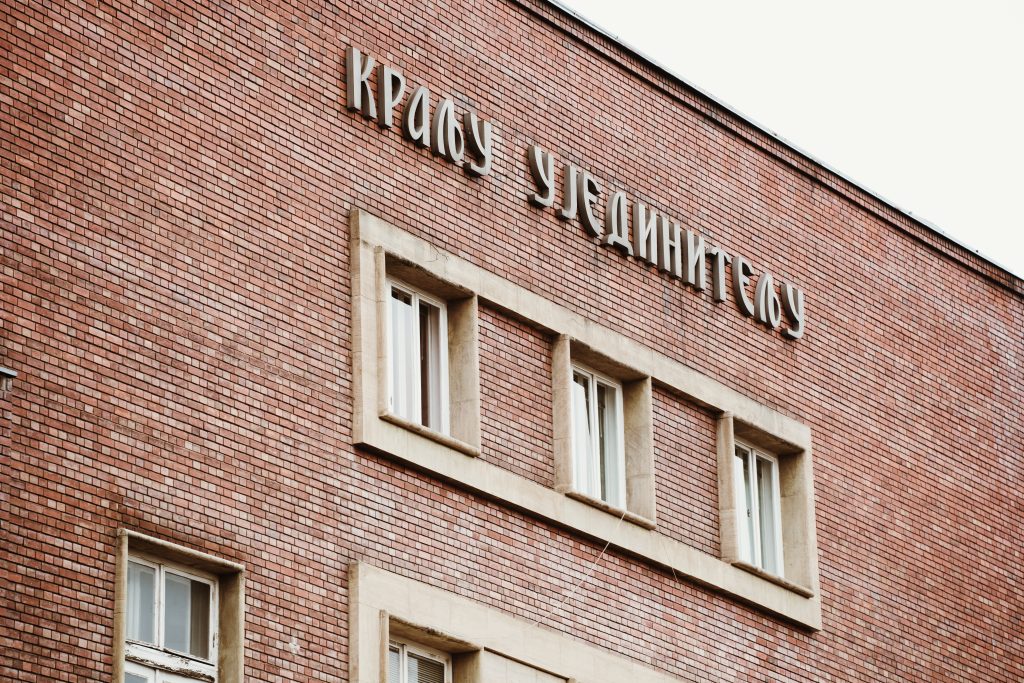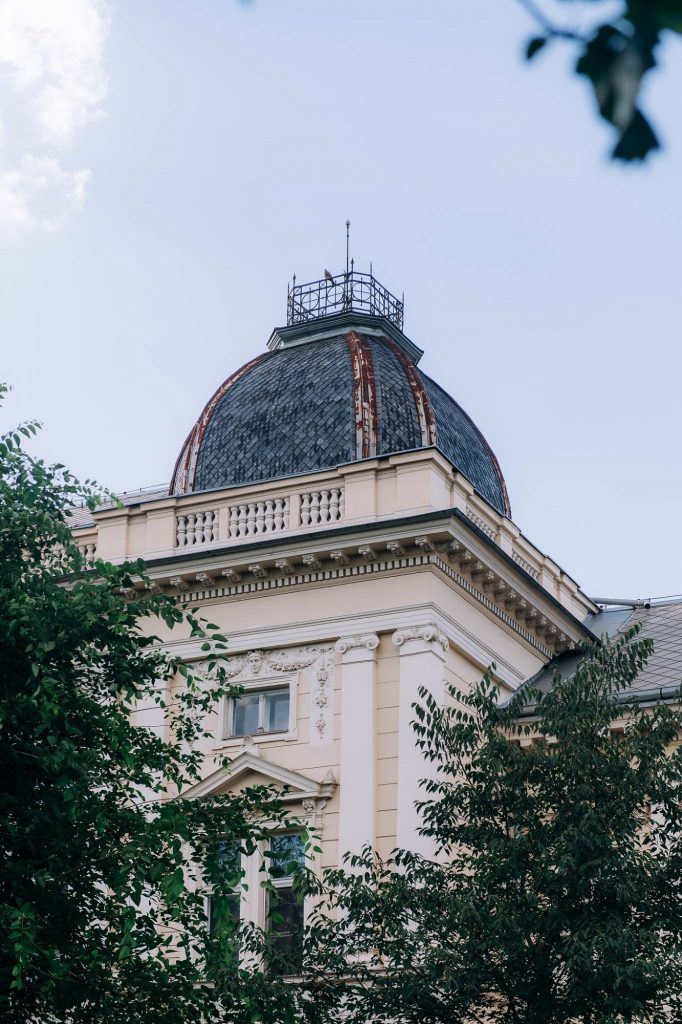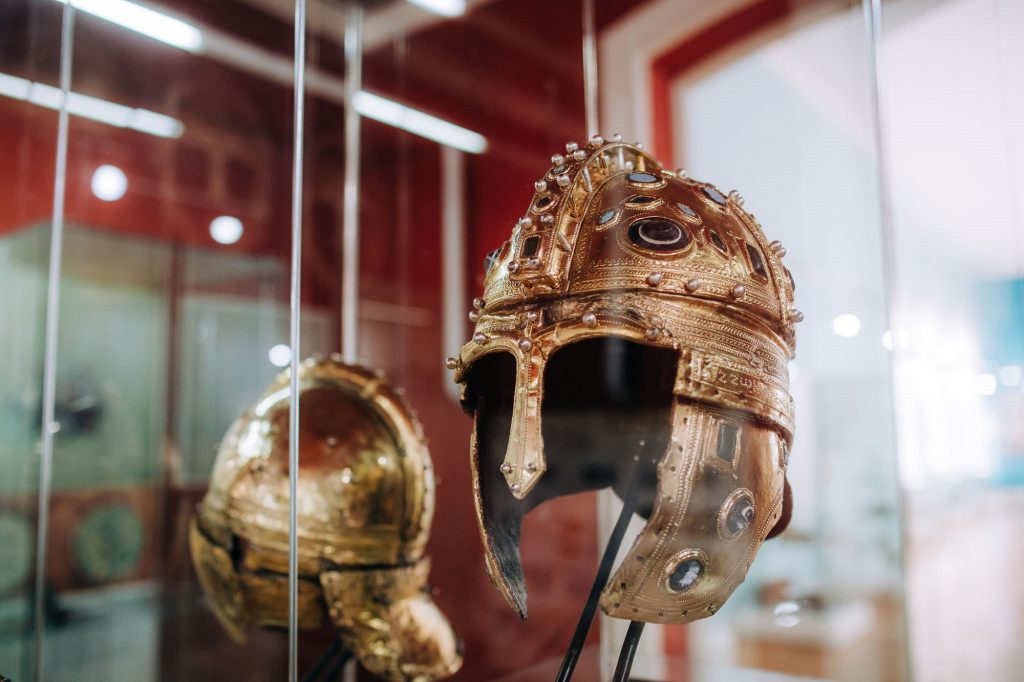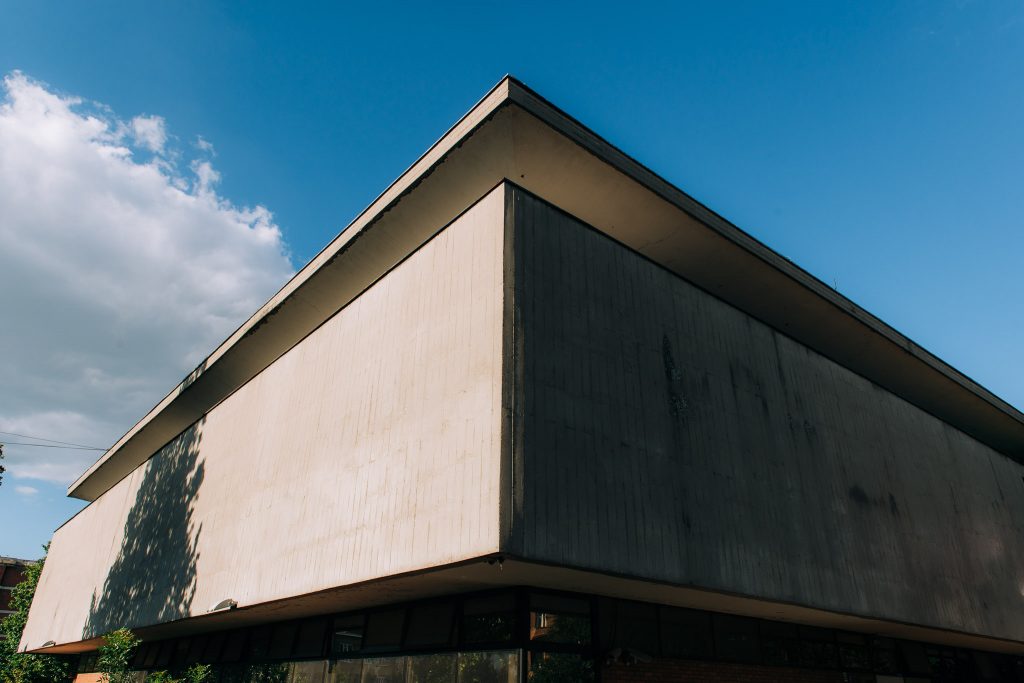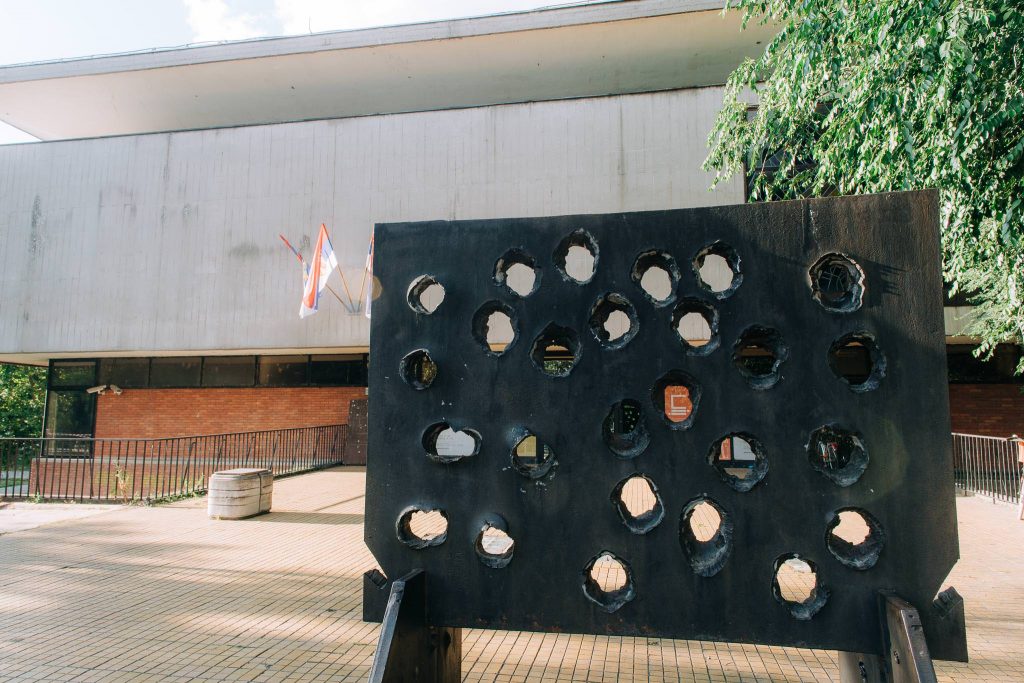How well do you know the cultural map of Novi Sad? Would you be able to name all the museums and theatres, or give exact directions to a tourist? Do you know what cultural institutions in Novi Sad preserve and what you can see and do when you visit them? If you’re not quite sure, don’t worry – come on a tour with us!
Matica Srpska
Any story regarding culture in Novi Sad must begin with Matica Srpska. Matica Srpska, the oldest Serbian literary, cultural and scientific institution, was founded in Budapest in the first half of the 19th century, and was moved to Novi Sad in the second half of the century. The nineteenth century was a period of national awakening, thus Matica Srpska, modeled on some foreign maticas, was founded in order to preserve Serbian culture and tradition, maintain its presentation in Europe, but also foster and develop Serbian culture and publish books in Serbian language. The publishing was especially significant when Matica Srpska first began to work, which can be seen by ‘Letopis’, a journal by Matica Srpska that has been coming out ever since 1824. It is the world’s oldest literary journal that is being published even today. The building of Matica Srpska was built with the money of Marija Trandafil, and is located in the city centre, in 1 Matica Srpska Street. Today, this building is the headquarters of the Matica, Library, and several Matica’s departments. You can find more information about the activities, history, departments and newest publications on the website of Matica Srpska.
The Gallery of Matica Srpska
Within Matica Srpska, there is the Gallery of Matica Srpska, located in the Gallery Square no.1. The benefactor Sava Teklija left his entire property to Matica Srpska, including a valuable portrait collection. From then on, the gifts continued to come in and the collection continued to grow. This is how the Gallery of Matica Srpska came to be. It started working in 1933, when its collections – art, archaeological, numismatic and ethnographic, were presented to the public. All the collections, except the art collection, were given to the Museum of Vojvodina, while the art collection represented the founding stone of the newly formed institution – the Gallery of Matica Srpska. Since 1958, the Gallery has been located in a building in the Gallery Square. Today, you can see the permanent exhibition comprising Serbian paintings and graphics from the 16th to the 21st century. You can find information about the permanent and current exhibitions on the Gallery website, or you can visit the Gallery every work day except Monday.
Serbian National Theatre
📌 Centar
The first professional Serbian theatre is the one located in Novi Sad, dating back to the 19th century. The older ‘sister’ of the Serbian National Theatre is the Serbian Reading Room, due to it founding the Serbian National Theatre Society. Their goal was to bring drama and opera to Serbian society and thus influence the spread and development of Serbian culture and literature. The Serbian National Theatre was indirectly involved in founding the National Theatre in Belgrade because in the second half of the 19th century, the general manager and part of the ensemble moved to Belgrade and founded the theatre at the invitation of Mihajlo Obrenović, the prince. Today’s building of the SNP (short for the Serbian National Theatre) was moved in in 1981 with drama, opera and ballet ensembles being performed on three stages. The Serbian National Theatre is home to our oldest and most significant theatre festival – Sterijino Pozorje – as well as Novi Sad Jazz Festival. You can see the repertoire and buy the tickets on the website of the Serbian National Theatre and, although you probably don’t need the guidance on how to get to the theatre, we’re just going to mention that the address is Theatre Square no.1 (Sr. Pozorišni Trg 1).
Youth Theatre
The Youth Theatre first came around as the Puppet Theatre in 1931. It was the first such theatre in both Vojvodina and Serbia. During the Second World War, the theatre was closed and, unfortunately, it suffered great damage – the puppets, scenography and costumes were either destroyed or stolen. After the war, the theatre continued to work and change its name, first it was the Vojvodina Puppet Theatre, then the City Puppet Theatre, and finally the Youth Theatre in 1968 when the first ‘live’ play was performed. Today, there are two stages in the Youth Theatre, the Children’s scene and Drama scene, with plays being performed in two halls. Besides Serbian, the plays have been performed in Hungarian, Rusyn, Slovak and Albanian language. The Youth Theatre is located in Ignjata Pavlasa Street no. 4 and 8. You can find information about the repertoire and how to reserve or buy the tickets on the web page of the theatre.
Novi Sad Theatre – Újvidéki Szinház
The youngest theatre in Novi Sad, the Novi Sad Theatre – Újvidéki Szinház, began its life in 1974 with ‘Catsplay’ by István Örkény. For the next 11 years, this theatre won’t have its own building, and it will stay that way up until moving into the former Ben Akiba Theatre, where it still resides today, in Jovana Subotića Street no. 3-5. The repertoire consists mainly of the plays written by Hungarian writers and writers from Vojvodina, but there are some classics as well. All plays are in Hungarian, while the ones from the fixed repertoire are translated into Serbian, thus you’ll have no trouble watching the plays even if you don’t speak or understand Hungarian. Take a look at the current repertoire of the Novi Sad Theatre on its web page.
The Museum of Vojvodina
As already pointed out, the Museum of Vojvodina came into existence by selecting certain collections from the Gallery of Matica Srpska in 1947. It got its name by merging the Museum of Vojvodina and the Museum of Labor Movement and National Revolution in 1992. Today, you can see the archaeological, historical and ethnological collection of objects from Vojvodina dating all the way back to the Old Stone Age and until the 20th century. The museum contains around 400.000 objects, while its library fund alone has over 50.000 publications. It has several permanent exhibitions, while under the museum’s cover there are both the Kulpin Museum Complex and Ethno Park ‘Brvnara’ in Bački Jarak. The most outstanding exhibits of the Museum of Vojvodina are the three Roman gold-plated helmets which are unique in Europe. You can find out more about the exhibitions, workshops and lectures on the excellent internet presentation of the museum. You can also visit the museum every work day except Monday. The Museum of Vojvodina is located in Dunavska Street no. 35-37.
The City Museum of Novi Sad
The City Museum of Novi Sad was founded in 1954 and resides in four locations where, within many departments, you can see the history of Novi Sad – from early beginnings until the modern times. The main building of the museum is the one at the Petrovaradin Fortress. It has two permanent exhibitions: Petrovaradin Fortress in the Past, and Novi Sad From the 18th to the 20th Century, where you can see traditional furniture and paintings by Sava Šumanović, Đorđe Jovanović, Boško Petrović and others. With expert guidance, you can also visit the underground military galleries at the Fortress. Within the museum, there are also the Collection of Foreign Art in 29 Dunavska Street, Jovan Jovanović Zmaj Memorial Collection in Sremska Kamenica, in the house where the poet spent the last years of his life, and Sremski Karlovci Native Collection in Sremski Karlovci. For more information about the exhibitions, news, and working hours of the museum’s annexes, visit the museum’s web page.
The Museum of Contemporary Art of Vojvodina
The Museum of Contemporary Art of Vojvodina includes 2,500 paintings, sculptures, graphics, drawings, objects, installations, objects of conceptual art, film, photography, digital works, architecture, urbanism and design from the second half of the 20th and the beginning of the 21st century by artists from Vojvodina and Serbia, but also the ones from across the world. First, the Museum served as the Gallery of Contemporary Fine Arts in Novi Sad in 1966, and as the character of the work of this institution changed, so did its names. It got its final name recently, in 2012. The space in which the Museum resides today, after a series of relocations and using other people’s spaces, is the building in 37 Dunavska Street, where the Museum of Socialist Revolution used to be. The museum is closed on Mondays, but you can pay a virtual visit to their web page.
City Library
We must not forget to mention one of the biggest public libraries of lending type in Serbia: the City Library in Novi Sad. This library is the ‘heir’ of the Novi Sad Serbian Reading-Room, dating back to the mid-19th century. The central building of the Library is located in 1 Dunavska Street. In addition to the Lending Department of Đuro Daničić and Children’s Department, there are Informational-Reference Centre , with the reading room, administrative part and professional services part. The Library network consists of 24 branches, out of which 10 are in the city and 14 in the suburbs. The Library fund consists of over 550,000 books and magazines in Serbian, Hungarian, Slovak, Rusyn and Romanian, as well as books in several foreign languages, while the Trifun Dimić branch has a rich collection of books in Romani language. You can browse the electronic catalogue, find book recommendations and new book previews, as well as see news about forums and lectures on the website of the City Library. Are you already a member of the Library?
Photo: Vladimir Veličković, Jelena Ivanović

